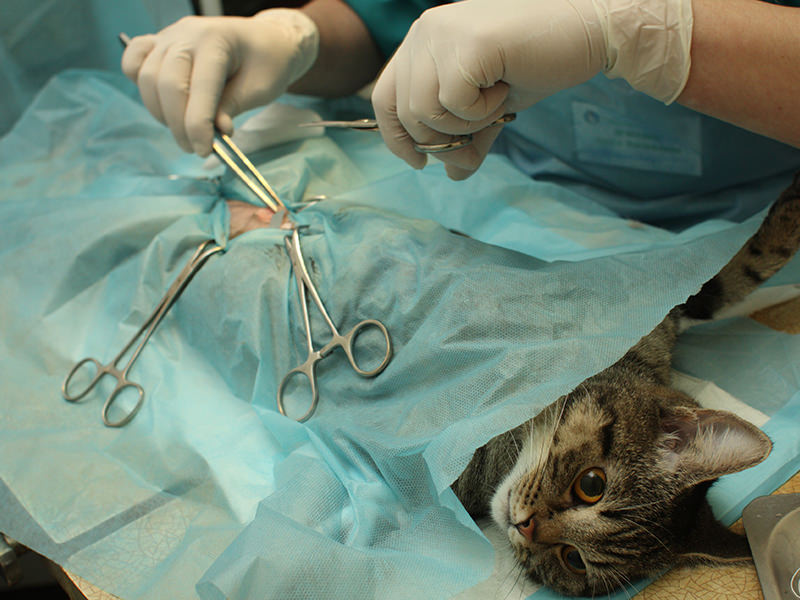This flexor deformity in race horse results in postural defect and change in the sagittal plan of the foot. The word club foot does not comprehend the meaning of the disease. The classical presentation is seen when the hoof touch the ground with the angle greater than 60° which can reach to 90° or even greater than that in some cases, consequently results in raise in heel with feeling of bulge at the coronary band.
The deformity may be congenital or acquired and in many instances has a genetic basis. The leading cause is congenital and developmental orthopedic diseases or any other cause of lameness resulting in pain and reduce weight bearing. Regardless of age, presentation and degree of deformity the condition finally cause mechanical shortening of deep digital flexor tendon relative to bony column also called contracted tendon. The ultimate presentation of this contraction is hyperflexation of the distal interphalangeal joint. The coronary band develops a square or full appearance dorsally and as the toe wears, the upright nature of the foot becomes more evident.
If caught early in life, hoof trimming and the correction of underlying causes may improve the outcome once the horse reaches musculoseketal maturity. If the horse is already performing as a successful athlete, surgical attempts to make the foot appear normal should be avoided. The more severe cases needs surgery to relax DDFT and lowering down the angle of the foot. In some cases the use of oxytetracycline will aid in the “relaxation” of the tendons involved; however, these results are temporary. Besides being temporary, the use of oxytetracycline on foals which are also back at the knee conformation that typically worsens the carpal conformation while having limited effects on the foot. Botulinum toxin is used in people and has been reported for use in horses with laminitis to achieve relaxation of the DDFT to prevent distal phalangeal rotation.19 With appropriate application, the drug may have merit in the management of clubfoot in horses in the future.







Recent Comments